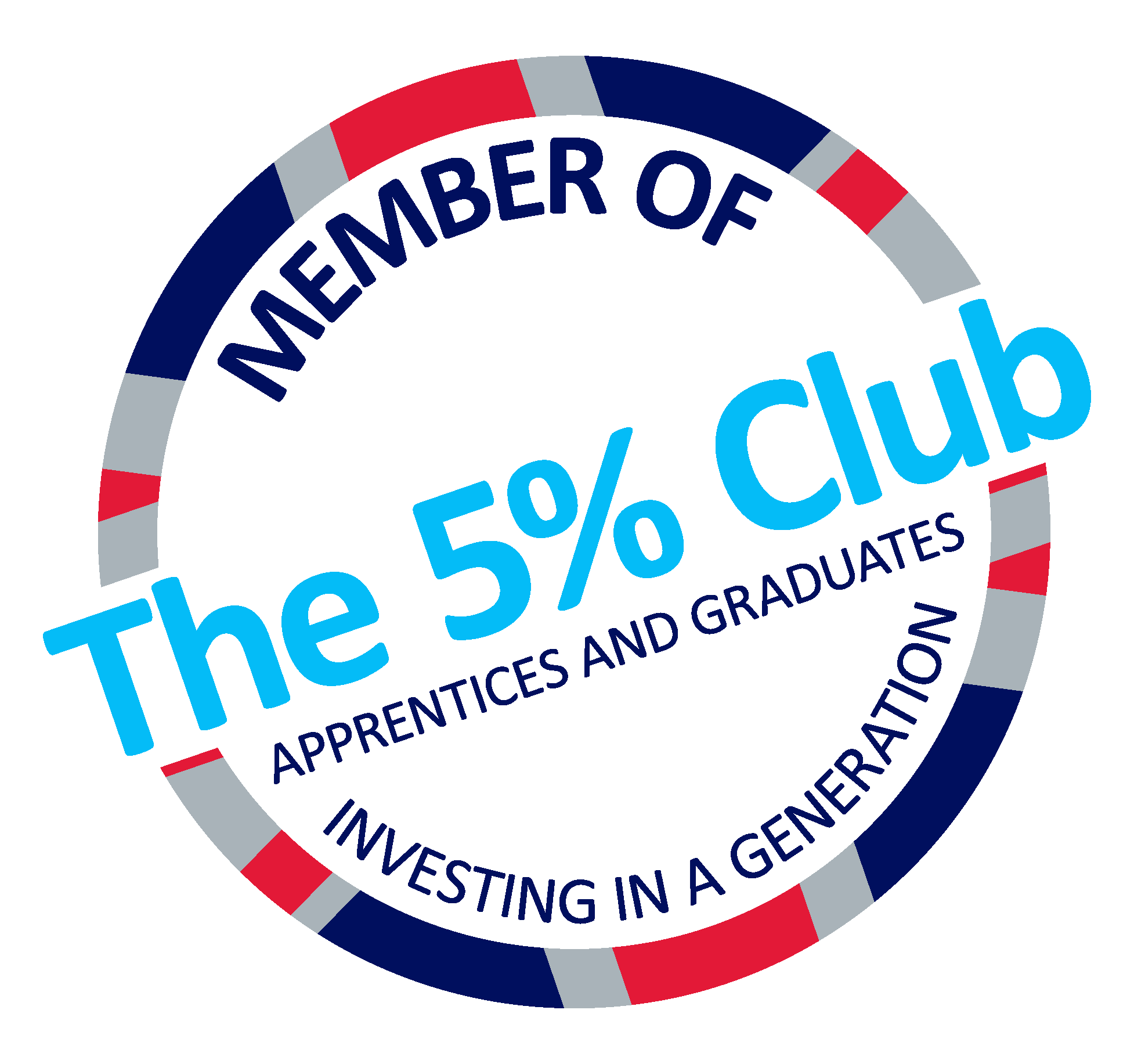You wouldn’t go abroad without your passport…so why would you recruit without a benchmark?!
I know they are two completely different circumstances but this does offer another way of looking at talent benchmarking…
Your passport is a form of identification that proves to the authorities that you are suitable (to enter the destination country), you are compatible (with the image on your passport) and you can feasibly be allowed through security without concern over your behaviour on the other side!
A benchmark is defined as ‘a standard or point of reference against which things are compared’. It’s about understanding the wants and needs of your organisation/team and creating a blueprint; a set of standards; a perfect vision of an employee. Finding an exact match is going to be a challenge, but if you’re 70% of the way there and are confident that the remaining 30% can be developed and achieved, then you’re pretty close to your benchmark.
It’s worth considering the impact of not having an employee benchmark. Without one, businesses don’t realise that their views on the type of candidate they are looking for (or have working for them) are varied. Recruiting Managers are therefore seeking different skills and behaviours. So, they have disagreements about candidates and may end up recruiting someone who is only 20% right for the role. When it costs over £30,000 to replace an employee, can you really afford to make blunders like this in your recruitment?
When it comes to creating a benchmark, there are three areas that are important to consider:
Suitability – to the role. Does the candidate/employee have the skills to perform what is required of the role? What behaviours does the role need? What kind of person do you see in this role? In a pressured situation, would they handle things in line with how the business would?
Compatibility – with the business culture and the people that make it. To what extent does the candidate/employee share the core business behaviours that will help create high performing teams? Do they ‘fit in’ culturally? How well does their behaviour style/communication style/influencing style gel with that of other employees? This is absolutely about interpersonal relations as well as culture and values compatibility. These are challenging questions to think about but are critical to building a high performing culture and a team of people that share clarity, unity and integrity.
Feasibility – of behaviour change. Are we demanding too much change? What would investment in developing the candidate/employee achieve? How close are they? If the result appears achievable and will warrant the investment, great. If not, perhaps we’re asking too much.
The three areas are the cornerstones to helping you make better recruitment decisions. If you’re keen to understand more about talent benchmarking, please do not hesitate to get in touch…I’d be delighted to have a chat with you about how it could help your organisation.













